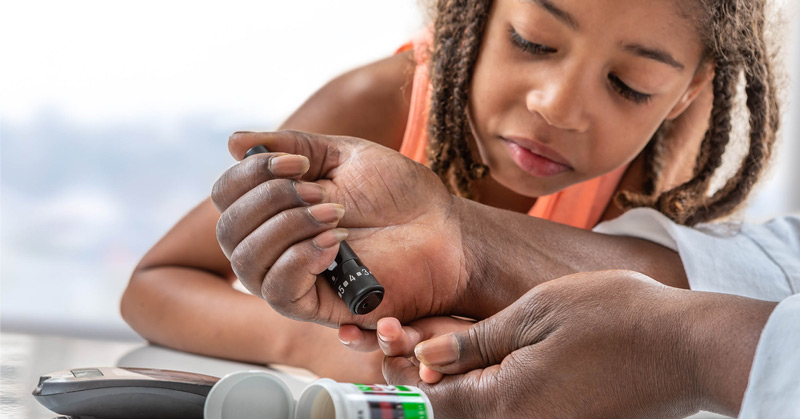
November is Diabetes Month and we’re putting a spotlight on how knowing the difference between the two types could save your life.
Ready for a scary fact? Diabetes is on the rise in South Africa, affecting as many as 1 in 9 of us but, according to projections from the International Diabetes Federation, 45% of these sufferers are undiagnosed so they’re not receiving treatment.
As one of the leading causes of death for South Africans, diabetes should be taken very seriously and knowing about the differences between the two types as well as the causes and symptoms could literally save your life.
Type 1 Diabetes
Type 1 diabetes is an autoimmune condition, which means it occurs when the body's immune system mistakenly attacks insulin-producing cells in the pancreas. The exact cause is still unknown, but genetic factors and certain viral infections may play a role. Symptoms usually develop rapidly and include excess thirst and urination, unexplained weight loss, fatigue, increased hunger and blurry vision.
Managing Type 1 diabetes involves administering lifelong insulin therapy via injections or pumps to replace the missing hormone. (Kate Moss’ daughter, Lila Grace, is a Type 1 diabetic and proudly struts down catwalks with her insulin pump on display.) Type 1 diabetics also need to monitor their blood sugar levels, follow a healthy diet and get regular exercise.
Type 2 Diabetes
Type 2 diabetes is primarily linked to lifestyle factors, including obesity, a poor diet, lack of exercise, and genetics. Unlike Type 1, the body still produces insulin, but may not use it effectively, creating a condition called insulin resistance. Symptoms tend to develop gradually and include excessive thirst, frequent urination, fatigue, blurry vision and slow wound healing.
The first step in treating Type 2 diabetes is to adopt a healthy, balanced diet and regular exercise regime along with careful blood sugar monitoring. This can go a long way towards controlling blood sugar levels and improving insulin sensitivity. In some cases, oral medications and insulin therapy might also be required but, studies have shown that weight loss can put Type 2 diabetes into a remission-like state.


While you might pay a higher premium compared to those without diabetes, it doesn't have to break the bank. These premiums are higher to account for the increased risk associated with diabetes. If you're otherwise healthy and not experiencing any diabetes-related complications, the increase is only slight, so it’s still an affordable way to ensure you’re offered the right amount of coverage to create an invaluable safety net for your loved ones.
Did You Know:
You can now take out life cover with us online in a few simple steps. No calls and no agents! Make sure to take care of those you love today by buying MiWayLife cover online.